My home is my fortress
Categories: Asia | Design and Architecture
By Pictolic https://pictolic.com/article/my-home-is-my-fortress.htmlDiaolou are multi-storey fortress houses, of which there are a lot in the Chinese county of Kaiping in Guangdong Province. Most of these towers were built in the 20s of the last century, but the oldest belong to the first half of the XVII century, when the ruling Ming dynasty was declining, and numerous gangs of robbers operated in the province. Such a fortress house could safely withstand a sudden assault and a prolonged siege, providing its inhabitants with relative safety. Over time, the attacks of bandits on rich houses became less frequent, but the fashion for diaolou remained.
The construction of diaolou reached a special heyday in the 20-30s of the last century. They were very fond of being built by the Chinese who got rich overseas and returned home. These fortress houses were already built using quite modern technologies from concrete and bricks, and their architectural appearance bizarrely mixed traditional Chinese motifs, Italian Renaissance and medieval European Gothic. At that time, more than 3,000 diaolou were built. These houses served both the role of a fortress and the role of an ordinary residential building.
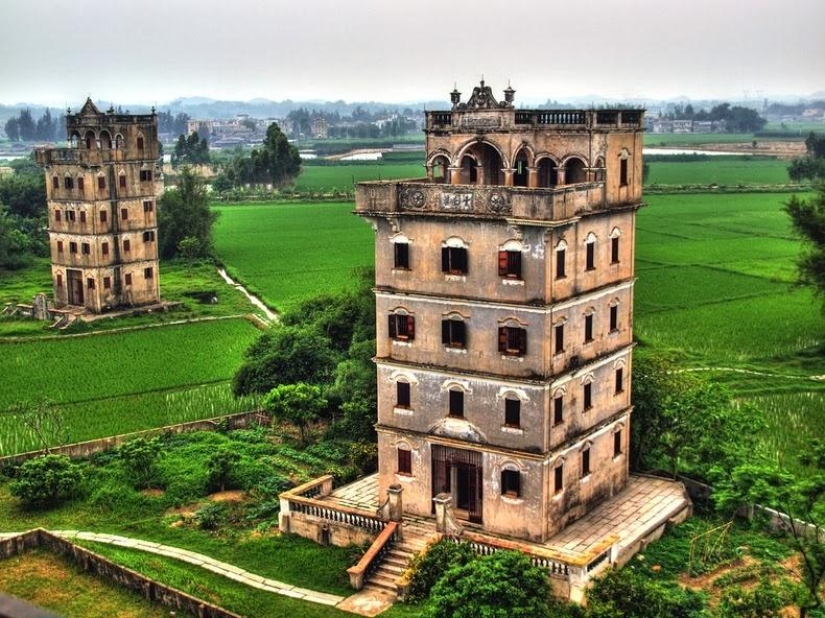 Today, more than 1800 diaolou have been preserved in Kaiping, and about half a thousand of them are located in Tiishan. Many of Kaiping's diaolou are on the UNESCO World Heritage List.
Today, more than 1800 diaolou have been preserved in Kaiping, and about half a thousand of them are located in Tiishan. Many of Kaiping's diaolou are on the UNESCO World Heritage List.
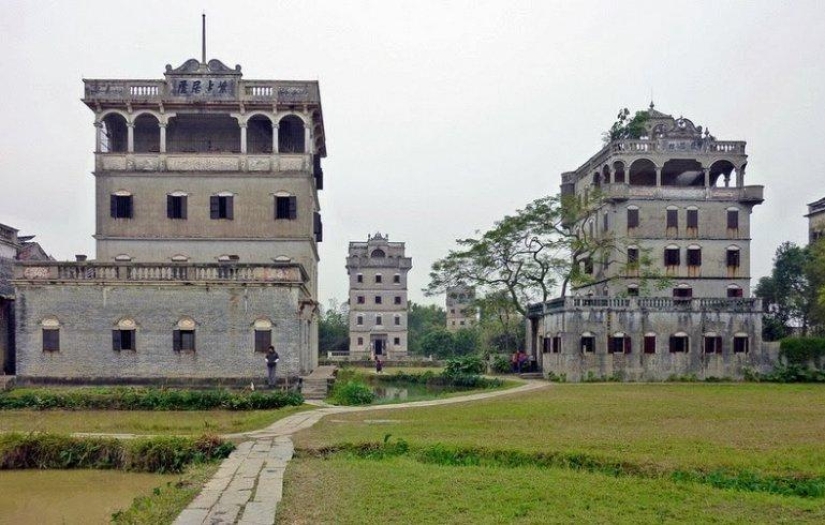
The tallest house-fortress of Kaipin was built in 1921. It is called Ruishi Diaolou, it has 10 floors, and its architecture mixes Byzantine and Roman styles.
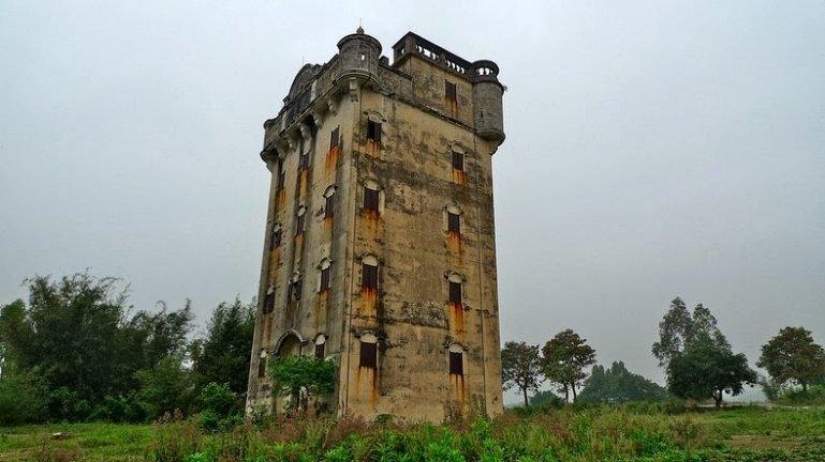
Kaiping County itself, which is the birthplace of a huge number of Chinese emigrants living in various countries, traditionally belongs to the Yue and Han nationalities. The main occupations of the inhabitants of Kaiping have always been agriculture and fishing, and since the middle of the XVI century, trade began to develop rapidly here.
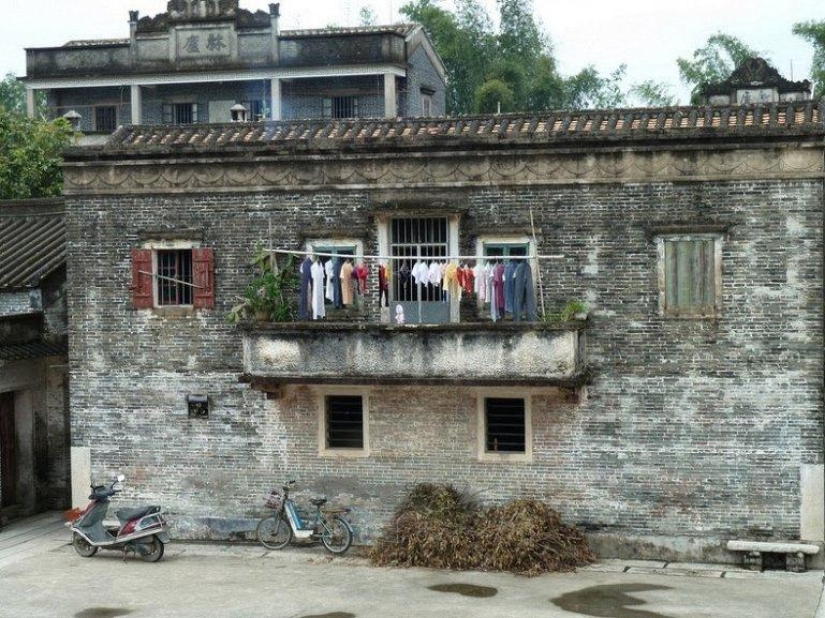
At the beginning of the XIX century, when the gold rush broke out in America, thousands of poor Kaipin farmers abandoned their huts and went overseas to look for gold. Some of them were lucky, and the wealth of the Chinese diaspora in America and other countries grew rapidly.
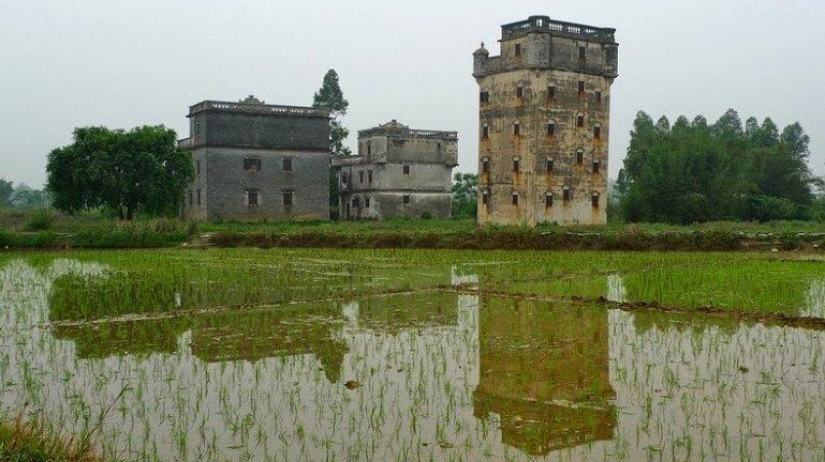
Many of the emigrants, having become rich abroad, returned to their native China. But at home, rich repatriates inevitably attracted the increased attention of bandits, who, as in the Middle Ages, attacked houses, robbed and kidnapped people for ransom. The bochags had no choice but to recall long-standing traditions and build themselves not a European elegant mansion, but a traditional fortress house.
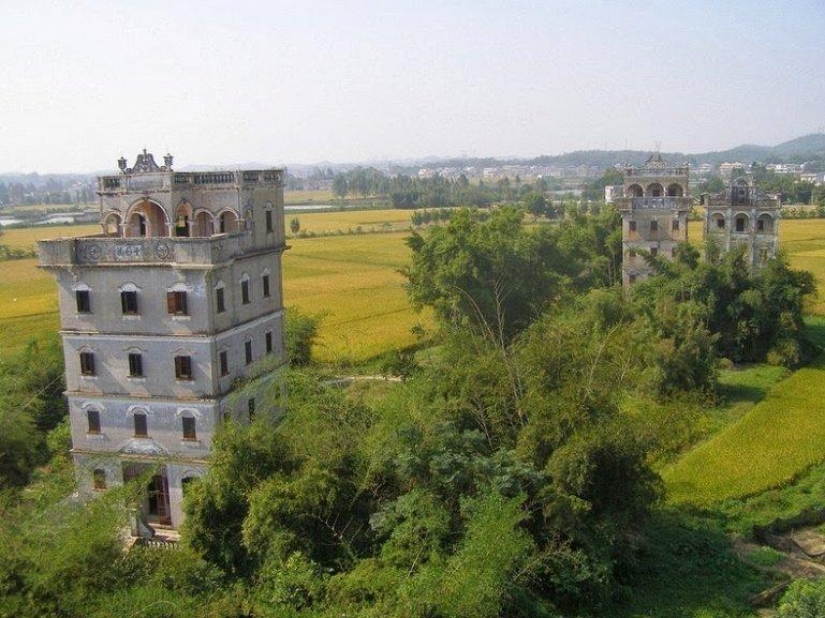
In Kaiping, almost 90% of all diaolou were built between 1900 and 1931. Some rich villages consist almost entirely of powerful fortresses.
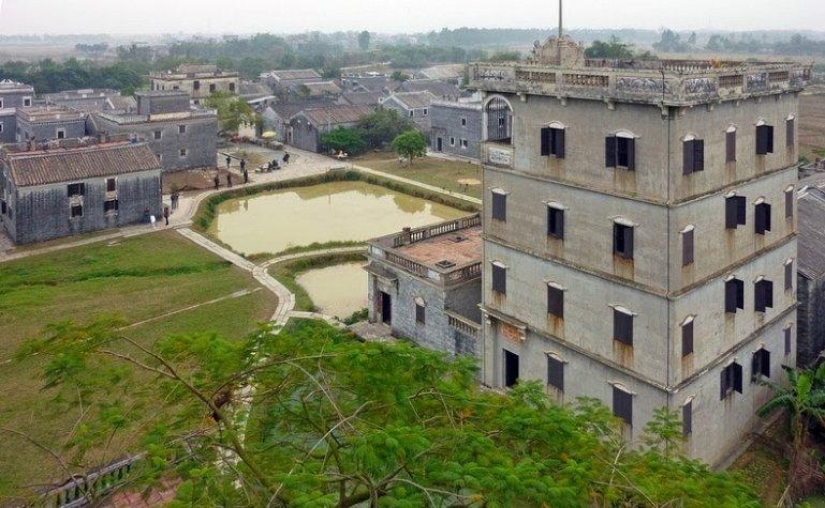
The construction of diaolou stopped due to the depression that broke out in the 30s of the last century, wars and the transformation of China into the People's Republic of China.
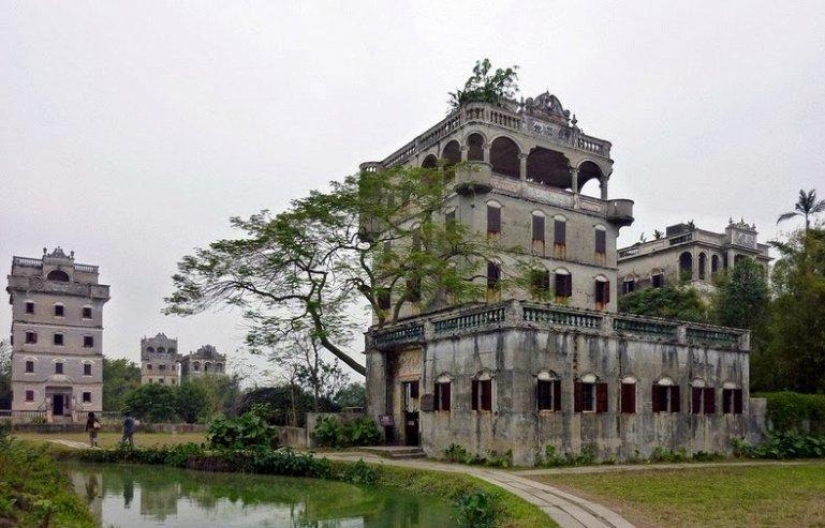
Today, many of the Diaolou towers are abandoned and empty. The lives of some of the Diaolou continue to be supported by wealthy Chinese immigrants.
Keywords: House | China | Fortress
Post News ArticleRecent articles

Victor Lustig is considered one of the most skillful and famous scammers in the world. He was arrested about 50 times and released ...

A small apartment is not a sentence! On the contrary, this is an occasion to turn on imagination and come up with ways to stylishly ...
Related articles

We are accustomed to the fact that on the packaging of tea, write "loose" and rarely think about what the word means. Meanwhile, ...

Now we can keep our savings in a bank or, if we don't trust financial institutions, put them in a safe and keep them at home. And ...

Human intervention in the affairs of nature is extremely rarely successful. Especially a lot of trouble was brought to the ...

Each of us has heard at least once that "breakfast is the most important meal of the day." Spreading this truth is the work of ...